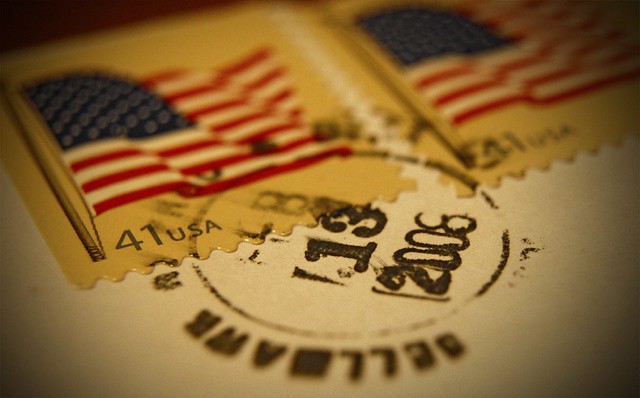How to get more replies to the emails you send: be specific
December 23, 2012productivity

"We live in a vague world. And it gets vaguer all the time. In this environment, the power of the specific, measurable and useful promise made and kept is difficult to overstate." - Seth Godin
It’s easy to be vague, broad, and to never commit to a particular direction. It’s frightening to be specific.
One of the key things I’ve learned in the last two years of doing startups is that to make real progress, it’s important to be specific. I think this applies beyond email, but with a specific example I think it’s easier to understand.
Why it’s hard to be specific in emails
I was recently looking back at some of the emails I was sending out when I was just beginning my journey with startups. It was quite frankly embarrassing. In almost every case the emails were far too long and had no clear call to action. Still, emails are consistently somewhere that I see new founders struggling the most. They rarely get a reply and they often wonder why.
What I’ve realised, is that it’s actually very difficult to be specific. If we take the example of trying to get a meeting with a well-known investor, then it’s easy to think that we should let them choose the time. So you say something like this:
How is your schedule looking next week?
It seems sensible. They’re probably much more busy, so if you suggest a time to meet it’s likely that it won’t work for them.
How vagueness fails to clinch that important meeting
"A large array of options may discourage consumers because it forces an increase in the effort that goes into making a decision. So consumers decide not to decide, and dont buy the product." - Barry Schwartz in The Paradox of Choice
What generally happens when the investor receives the email is that they have a number of options for “next week”. Rather than spending the effort to make that decision, they instead “decide not to decide” and you get no reply to your email. It happened to me countless times.
How I learned to be specific in emails
I was quite lucky - I was forced to improve the emails I was sending, because we were fundraising and email is still by far one of the most useful tools when raising investment. I learned by making the mistake over and over, and then deciding that a new approach was required.
I asked advice from many people and discussed our approach with my co-founder Leo. I read lots of articles with great insights such as the following from Elad Gil:
Add specific times. This reduces the friction to scheduling as if you leave it open ended it (a) does not convey urgency and sets up the timeframe within which you will meet and (b) makes the investor work harder to figure things out. Don’t put the burden on them to suggest a time.
How to write emails which get more replies
After many failed attempts to get meetings, I adjusted my approach. Instead of:
How is your schedule looking next week?
I started to say:
Would 10am on Thursday at South Beach Cafe work for you?
The above is from a real email that I sent during the time we were raising our seed round.
The interesting thing, is that by simply making that choice for them, it doesn’t mean it will always work for them but it means it is much easier for them to reply with a slight adjustment. We’d often get a reply such as:
Thursday is tough, but Friday could work.
or:
I could do 10a but it would have to be in Hayes Valley as I have a 9a and an 11a there. Would La Boulange in Hayes work?
From here, we were often able to confirm a meeting within one or two emails. This technique was crucial for us in securing investors for our seed round.
Have you tried being more specific in your emails?
Photo credit: Juli
